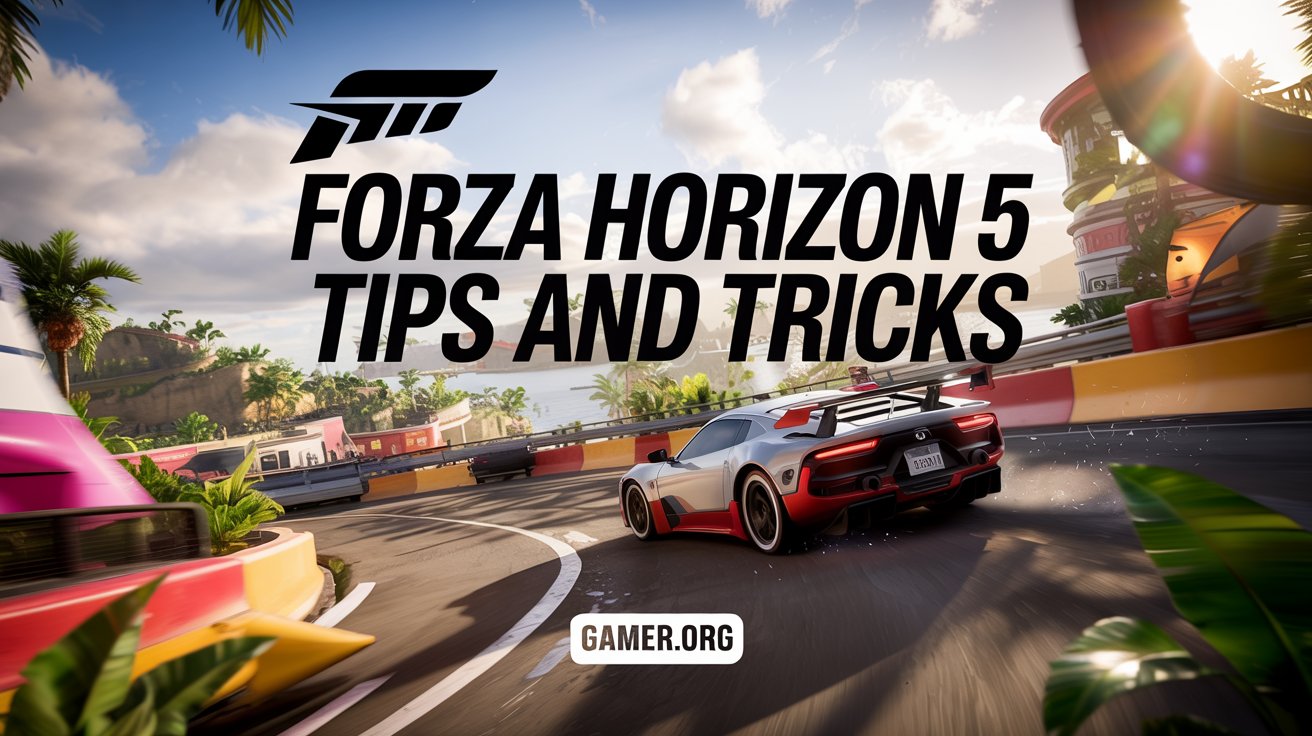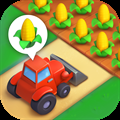How to Build Fast Cars and Earn Credits in Forza Horizon 5

Forza Horizon 5 is now available on PlayStation 5, bringing the open-world racing festival to a broader audience. With a map based in Mexico, the game combines fast-paced racing with exploration and customization. This guide provides useful tips and suggestions to help new players settle in and get the most out of the experience.
Getting Started: First Cars and Events
At the start, three initial vehicles are offered: the Chevrolet Corvette Stingray, Ford Bronco, and Toyota GR Supra. Each one becomes available later in the game regardless of your first pick, and all events adjust difficulty based on your current class.
The open world offers a wide variety of events, including road, dirt, cross-country, street, and drag races, alongside PR stunts such as speed traps, drift zones, and danger signs. All events (excluding time-limited playlist challenges) remain available at any time. There is no forced path—progress at your own pace.
Accolades, Setup Tips, and Tuning
Accolades are earned across nearly every activity and can be tracked through the pause menu. Pinned challenges appear on the HUD, and map filters help highlight specific targets, including incomplete rivals events or unearned stars.
Having a reliable car tuned for each major race type is recommended. For example, one for road racing and another for dirt ensures better control. Aim to max out a car’s class—S1 900 is a balanced target for most races. While higher classes like S2 or X offer more speed, they are harder to control and may reduce consistency.
Tuning cars is essential. Use the in-game tune browser to download pre-built setups tailored by other players. These usually include a short label indicating the tune’s purpose (e.g., drift, top speed, handling). Access this via the “Tune Car” section under the Cars tab.
Using Skill Points, Houses, and Credit Strategies
Skill chains quickly build up while racing or exploring, and spending skill points in each car’s unique mastery tree unlocks bonuses such as multipliers, wheelspins, or hidden cars. Points are capped at 999, and each chain maxes out at 10 points once you hit 500,000 score—anything beyond that is lost, so make it count.
One of the most effective spots to grind skill points is the Aerodromo in Lasva, a wide open space ideal for drifting. Using a drift-tuned car, repeatedly run the runway and chain skills like “sideswipe” for quick mastery gain.
Buying houses adds more functionality. Buenas Vistas enables fast travel and becomes more cost-effective as fast travel boards are destroyed. Casa Bella unlocks skill songs, temporarily doubling your skill score when triggered.
Auction House, Passive Credits, and Event Lab
The Auction House is a good place to pick up specific vehicles at lower prices, especially if unavailable in the Auto Show. Selling extras or rare finds can also return valuable credits. Each car contributes to your collection, which offers additional rewards over time.
Passive income can be earned through shared content—custom tunes, liveries, or event labs. When others use them, small amounts of credits are rewarded. While not guaranteed, a standout creation can gain popularity and bring in consistent earnings without additional effort.
Driving Tips and Game Settings
Certain races include river crossings or ramps. Use taller vehicles to reduce slowdown in water and avoid unnecessary jumps to maintain speed. In open checkpoint races, it’s often faster to cut through terrain rather than follow winding roads—just hit the required gates.
To drift effectively, disable traction and stability assists. Manual shifting also helps with gear control. Enabling the drift camera under HUD settings enhances the experience in cockpit view by tracking drift direction for improved visibility.
Exploration is another key element, and collectibles like boards and barn finds contribute to completion. Some can be hard to locate, so using community-made maps or filters may assist in finishing them off.













